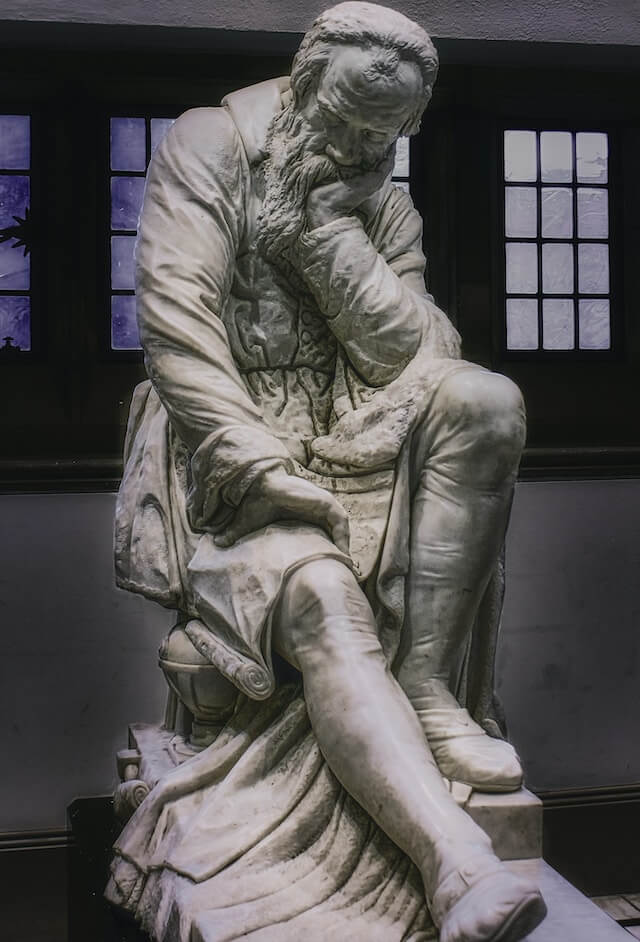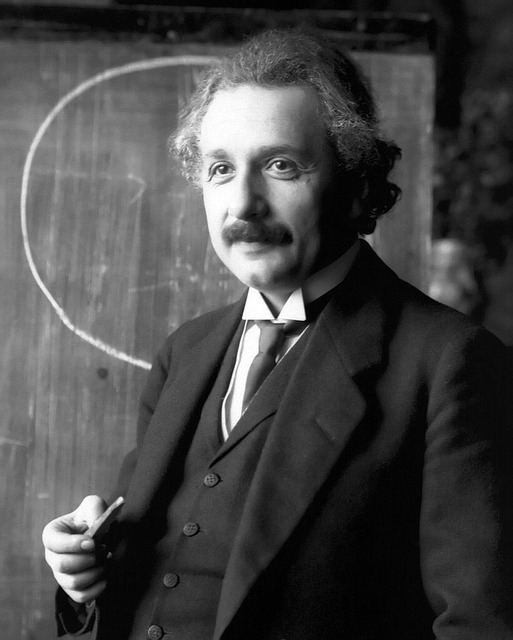The history of astronomy is a fascinating journey through human curiosity, scientific inquiry, and our ever-expanding understanding of the universe. From the first observations of the night sky by ancient civilizations to the cutting-edge research of modern-day astronomers, the story of astronomy is one of ongoing discovery and wonder.
Where it started
The earliest records of astronomy can be traced back to ancient civilizations such as Babylon, Egypt, and Greece, which were fascinated by the night sky and its patterns.
The Babylonians
The Babylonians, for example, were the first to create a calendar based on the phases of the Moon, over 4,000 years ago. They also noticed that certain groups of stars, known as constellations, would move across the sky throughout the year, and used them to mark the changing of the seasons and for agricultural purposes.
The Egyptians
The Egyptians, on the other hand, were renowned for their ability to predict floods of the River Nile by observing the star Sirius, which they called the “Nile Star.” They believed that the rising of Sirius heralded the beginning of the annual flood, which was critical to their agricultural cycles.

The Greeks
The Greeks, meanwhile, were perhaps the most influential civilization in the development of astronomy. They were the first to propose a system of natural philosophy, which sought to explain phenomena in the natural world through rational thought and observation. The Greeks observed the movement of the planets and stars, and believed they were connected to the gods and world events.
One of the most famous Greek astronomers was Ptolemy, who lived in Alexandria around 150 AD. Ptolemy believed that the Earth was at the center of the universe, with the Sun, Moon, and planets orbiting around it. This geocentric view of the universe was widely accepted for centuries, until the 16th century when Nicolaus Copernicus proposed a revolutionary theory that the Earth revolves around the Sun.
Despite the limitations of their technology, early astronomers were able to make significant contributions to our understanding of the universe. Their records and observations provide invaluable insight into the early development of astronomy, and set the foundation for the exciting field of study that continues to evolve today.
Invention of the telescope
The invention of the telescope in the early 17th century proved to be a major turning point in astronomy. Using telescopes, astronomers could study the sky with more precision and make new discoveries.
The first telescopes were made by Dutch spectacle makers in the Netherlands, who discovered that by combining lenses, images could be magnified. One of the earliest recorded telescopes was created by Hans Lippershey in 1608, who was trying to create a device for navigators to use. His device was simple, with two lenses and a box, and magnified an object three times.
However, it was Galileo Galilei who made the most significant discoveries with the telescope. In 1609, he built his own telescope, which magnified objects up to 20 times.

With this new instrument, Galileo discovered the four largest moons of Jupiter and craters on the Moon. He also observed Saturn’s rings, which he described as “ears” or “handles.”
Through these discoveries, Galileo was able to show that the Earth and planets revolve around the sun. The invention of the telescope marked the beginning of a new era in astronomy, allowing astronomers to study the universe in new ways and expanding our understanding of the cosmos.
Newton’s theory of universal gravitation
The knowledge gained from the use of telescopes led to the development of new theories about how the universe works. Isaac Newton’s theory of universal gravitation, published in the late 17th century, revolutionized our understanding of how objects move and interact in space.
Newton’s theory of universal gravitation states that all objects in the universe are attracted to each other with a force proportional to their masses and inversely proportional to the distance between them. This means that the larger an object is, the more gravity it has. And the further away an object is, the weaker its gravitational force.
This theory helped to explain how planets orbit around the Sun, and how the Moon orbits around the Earth. Newton’s theory revolutionized our understanding of how the universe works, and is still used today to describe many phenomena in the natural world.
Einstein’s theory of general relativity
Astronomy reached even further with the publication of Albert Einstein’s theory of general relativity in the early 20th century, which helped to understand how gravity shapes the universe.
Published in 1915, Albert Einstein’s theory of general relativity is a fundamental theory in physics that describes the fundamental forces of the universe, including gravity. The theory explains that gravity is not necessarily a force exerted by massive objects, but rather a result of the curvature of spacetime.
In other words, matter and energy warp the fabric of spacetime, creating the force that we perceive as gravity. Moreover, general relativity predicts that the path of an object in a gravitational field is not a straight line, but rather a curved trajectory.
The theory has revolutionized our understanding of the universe and has been confirmed by numerous experiments and observations.

General relativity has many implications for the behavior of stars and black holes, the structure of the universe, and the nature of time itself. The theory is still being studied and tested by astronomers and physicists around the world, and its implications will continue to shape our understanding of the universe for years to come.
Modern-day astronomy
Today, modern-day astronomy is a bustling field of research, with astronomers using not only telescopes but also a wide range of scientific instruments, such as space-based telescopes and particle detectors. Among recent breakthroughs, the discovery of exoplanets – planets outside our solar system – has opened up new avenues of inquiry into the possibility of life beyond Earth.
The next frontier in astronomy remains elusive but the search continues. With the help of ever-evolving technology and our boundless curiosity, we will continue to explore the mysteries of the universe and find new treasures waiting to be discovered.

